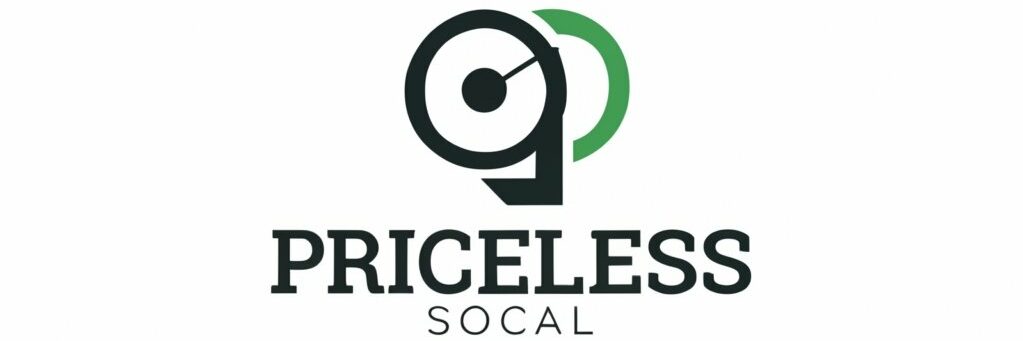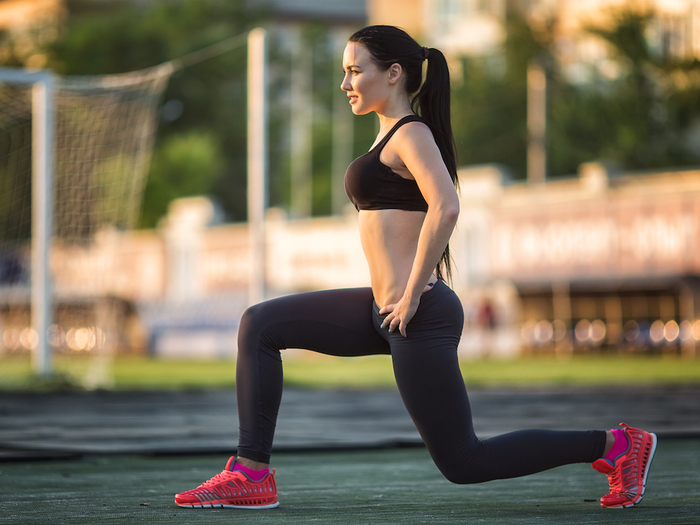To achieve a toned appearance, it’s necessary to build muscle while simultaneously burning off fat. Therefore, in order to maximize results of toning exercises they should combine cardio exercise with weight training.
Lifting super light, unchallenging weights over and over isn’t effective in building muscle; rather it takes time and consistency for results to show. Progressive overload is key when it comes to muscle building.
1. Push-ups
Push-ups are a classic bodyweight exercise, targeting various muscle groups throughout both upper and lower bodies. They strengthen and tone chest, shoulders, triceps and core as well as promote good posture – providing a full-body workout to increase muscle mass and strength that’s easy to add into any routine.
To perform a standard pushup, start by placing your hands beneath your shoulders a little wider than shoulder width apart and slowly lower yourself onto the floor until your face nearly touches it for 2-3 seconds before pushing yourself back up to your starting position. Repeat.
Pushups require moving one’s own bodyweight, making them difficult for those unfamiliar with doing them or with neck or back issues. Capritto suggests adapting their exercise by doing incline push-ups using a bench, knee push-ups or standing push-ups against walls as modifications.
These modifications help minimize force placed on the upper body and decrease injury risks, gradually increasing reps and sets as your strength improves. You should eventually be able to perform several standard pushups in a plank position without breaking form or straining joints and muscles too much.
2. Lunges
Lunges are an effective exercise for toning lower body and gluteal muscles. More specifically, they target quads (front of your thighs), hamstrings, and calves for maximum results.
For a basic lunge, start by standing with feet hip-width apart and taking one step forward with one leg. Slowly lower yourself until your front knee hovers just above the floor while both legs form right angles to each other, pushing back up and repeating 10 reps on each side.
Lunges can be done as bodyweight exercises, but adding dumbbells or kettlebells to your workout can add an additional challenge, helping build strength and endurance. Beginners should start slowly with light weights and aim to complete 12-20 repetitions per set, advises SWEAT yoga instructor Phyllicia Bonanno.
8fit fitness expert Patricia Pata suggests that different lunge variations can affect which muscles are targeted most heavily during them, with standard lunges with your back knee bent toward the ground targeting gluteus medius more significantly than quads for instance. Furthermore, step size can have an impactful impact on which ones get worked the hardest.
3. Planks
Planks are a static bodyweight exercise that require people to hold a position similar to that of a push-up for several minutes at a time. While their primary aim is targeting core muscles (rectus abdominis, obliques and transverse abdominis), planks also strengthen shoulders, chest back legs. Planks have gained much praise as both effective and user-friendly exercises – becoming an indispensable part of many workout routines.
To perform a basic plank, lie on the floor with legs and arms extended in front of you, bend at your elbows slightly and shift your weight onto forearms rather than hands to form a straight line from head to heels. Beginners may find this exercise challenging because keeping core engaged while holding this position may require strength training or additional practice.
Add leg lifts for an advanced variation of planking. To do this, stand with feet hip-width apart and lunge forward with your right foot while slowly lowering your left knee until both legs are at right angles to the floor; repeat on other side. This exercise can burn more calories while engaging your core even further.
4. Deadlifts
The deadlift may appear simple: simply grasping a bar, lifting it until your arms are extended in the air – yet this weightlifting exercise has proven one of the most successful weightlifting moves for developing overall body strength and muscle mass. In reality, however, its effectiveness relies heavily on coordination among multiple muscle groups — from ankles and thighs all the way through core, upper back, and shoulders – working together.
Swimming is an effective way to build raw strength and engage muscles you never knew existed, as it activates all the fibers throughout your body. Swimming also helps prevent injuries while speeding resting metabolic rate by strengthening backs and creating muscle mass, which burns more calories at rest than fat does.
Buskirk suggests beginning your deadlifts by starting with light weights and gradually increasing them over time. She recommends targeting weights you can lift three to four sets of eight-12 repetitions without struggling; remembering the aim is not necessarily max out on weightlifting but to train muscles rather than strength them out completely.
5. Rows
Rows are an effective compound exercise that works the latissimus dorsi and lats as well as including movements for your arms. When performed correctly, rows help create the classic V-taper look in upper body muscles while simultaneously building spinal erectors to combat rounded shoulders and poor posture.
Bent-over barbell rows are one of the most common row variations. To perform one, load your desired weight onto a barbell and assume a shoulder-width stance while holding it at arm’s length. Lowering it as slowly and steadily as possible to just below your knees with minimal swing or momentum during its movement will produce optimal results.
Dumbbell rows can help to strengthen your upper back and shoulders without adding excess tension to the biceps. A seated cable row machine may also be an effective way to train these areas by sitting with feet flexed and back flat against support bench.
6. Dumbbell Rows
Dumbbell rows can help tone and strengthen the back muscles that contribute to an aesthetic physique, but you must use proper form when performing this exercise to avoid potential injury.
People often tend to hinge their backs upward while performing the row, leading them toward herniation of discs in their lower spine. You can avoid this by pulling dumbbells closer to your hips so as to reduce pressure on the spine. Furthermore, Dodds stresses how important it is to retract shoulder blades at the end of each movement; leaving them protracted may create unnecessary tension in both neck and shoulders.
Unfullfillable range of motion is another key element to consider when performing this exercise, since failing to fully retract and drive back your shoulders during its movement could limit muscle growth and strength building potential.
Hodges advises beginners to begin with three sets of 6 to 12 reps per set; as you become stronger, though, your rep count could potentially increase and you could perform multiple sets within one workout without jeopardizing lean muscle growth.
7. Squats
Squats can help tone the quadriceps, hamstrings, calves, core muscles and butt. Furthermore, Harvard Medical School reports that adding squats into your workout will burn substantial calories – for a 155-pound person, performing 30 minutes of high intensity strength or weight training exercises such as squats can result in an estimated 223-calorie burn!
A basic squat requires balance and lower body strength to complete, with feet slightly wider than shoulder-width apart and arms by your sides. Variations like the pistol or box squat further enhance balance and muscle engagement while adding complexity such as pistol squats (featuring explosive power movements), single leg squats, box jumps or even jumping lunges may add variety and intensity.
Squats not only enhance flexibility and help maintain bone density in the legs and back, they can also strengthen tendons, ligaments and bones of hips, knees and ankles to decrease your risk for injury with age. Furthermore, squats boost metabolism while simultaneously decreasing body fat percentage.
To achieve optimal results, combine different toning moves with other exercises targeting specific muscle groups for maximum calorie burning and lean muscle growth. For instance, pair squats with deadlifts and rows in your next upper body or lower body workout for optimal results.

